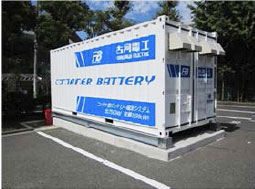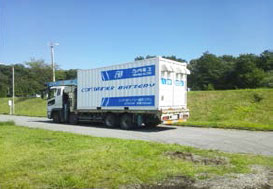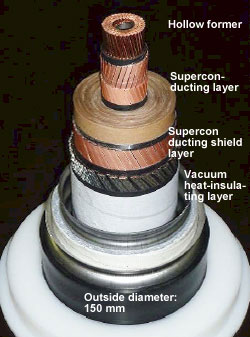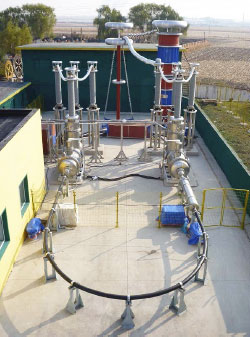Furukawa Electric Review (Minor Feature on Smart Grids) is Released
Introducing the technologies of the Furukawa Electric Group that contribute to the realization of smart grids
The 43rd issue of the Japanese edition of Furukawa Electric Review has recently been published, and includes a minor feature on smart grids.
Energy issues have been attracting people’s attention ever since the Great East Japan Earthquake on March 11, 2011. With regard to electricity in particular, the most important aspects are ensuring consistent supplies and efficient energy use by leveling demand in terms of location and time. The Furukawa Electric Group has the potential to help solve these problems. This is explained in detail in the minor feature on smart grids in this latest issue.
Go to the following link for the minor feature.www.furukawa.co.jp/en/rd/review/
Outline
The article contains information on topics such as storage battery systems, high-temperature superconductivity, and power transmission systems for oceanic wind power, and introduces related products such as sophisticated cables for solar photovoltaics and EV, heat radiation and cooling (key technology for increasing the service life and improving the efficiency of devices) and reliable current substrates for next-generation vehicles. The following provides an outline of storage battery systems and superconducting cables.
Development of package-type storage battery systems
We developed a package-type storage battery system by incorporating the functions necessary for the efficient use of electric power into a container. The concept of the development is incorporating all the devices necessary for the use of storage batteries into a less expensive marine container, and maintaining quality and minimizing the burden on construction work at the site through basic system tests conducted at the time of shipment. Being multifunctional, the storage battery system can be expected to provide an emergency power source in the event of a blackout and to facilitate peak electricity shaving during normal hours, the use of nighttime power, and the stabilization of solar photovoltaics and other systems at the time of the introduction of natural energy.
Development of 275 kV - 3 kA high-temperature superconducting cables with the world's highest voltage
With the aim of satisfying the ever-growing electricity supply and demand, we developed a 275 kV - 3 kA high-temperature superconducting cable and constructed outdoor termination and intermediate joints that connect a 30-meter superconducting cable with electric devices in the Shenyang Furukawa Cable. This is part of the superconductivity technological development project run by the New Energy and Industrial Technology Development Organization (NEDO). A verification test was conducted in the form of long-term energization through 30-year acceleration testing. As a result, the superconducting cable and joints were shown to be strong enough to withstand the test.











 Share
Share Tweet
Tweet Share
Share